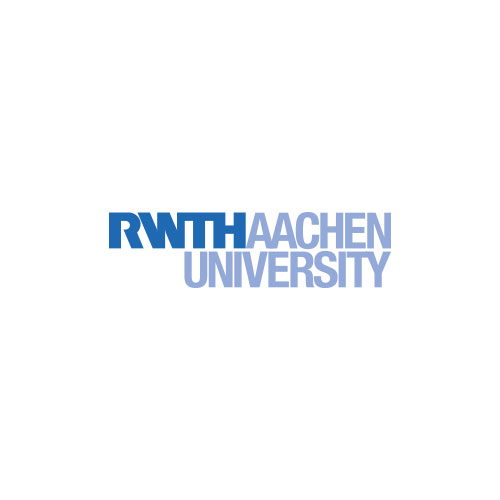RWTH: Quantum computing breakthrough in error correction
Forschende der ETH Zürich, unterstützt von der Theoretical Quantum Technology Group der RWTH Aachen und dem Forschungszentrum Jülich sowie Wissenschaftlerinnen und Wissenschaftlern in Kanada, ist es erstmals gelungen, Fehler in digitalen Quantensystemen schnell und kontinuierlich zu korrigieren. Mit dieser in Nature veröffentlichten Arbeit haben die Forscher eine wichtige Hürde auf dem Weg zum praktischen Quantencomputing genommen.
“The construction of practical quantum computers depends crucially on the ability to detect and correct errors on quantum bits (qubits) quickly enough and repeatedly before they accumulate and lead to failures of the quantum calculations,” explains Prof. Markus Müller, his theory research group at the Institute for Quantum Information of the RWTH Aachen University and at the Peter Grünberg Institute of the Research Center Jülich investigated protocols for quantum computing and error correction.
System detects and corrects errors
Previous error correction methods have not been able to simultaneously detect and correct both of the fundamental types of errors that occur in quantum systems. A team led by Professor Andreas Wallraff at ETH Zurich has now presented the first system that can repeatedly detect and correct both types of error. The researchers achieved this important success with a chip that has a total of 17 superconducting qubits and is operated at a temperature of just 0.01 Kelvin, just above absolute zero.
The research team carried out the error correction with the so-called surface code – a method in which the quantum information of a qubit is distributed over several physical qubits. Nine of the chip’s 17 qubits are arranged in a three-by-three square grid and together form a so-called logical qubit: the processing unit of a quantum computer. The remaining eight qubits on the chip are offset from them; Your task is to detect errors in the system.
If a disturbance occurring in the logical qubit falsifies the information, the system recognizes this disturbance as an error. This information is obtained by repeatedly and rapidly measuring the eight additional qubits. This information can then be used to derive what type of error is most likely to have occurred and where on the chip it occurred, without disturbing the quantum information stored in the logical qubit. In order to eliminate the effect of detected errors, one can then either apply appropriate corrections to the qubits, or for most applications – as in the present experiment – it is sufficient to track the detected errors and correct them only after the end of the quantum calculation .
RWTH Aachen University and Forschungszentrum Jülich are involved in a number of research consortia aiming to build practical quantum computers based on various promising physical platforms, including trapped ions (AQTION, IQuAn), neutral atoms (MUNIQC-Atoms) and superconducting qubits (OpenSuperQ, QSolid). “The experiments of our colleagues at ETH Zurich are impressive and show the potential of quantum error correction techniques to protect quantum processors from interference,” says Müller. “It is expected that larger devices currently being developed will require more complex technology. But – if they are equipped with error correction protocols – they will eventually offer even higher protection against errors.”

